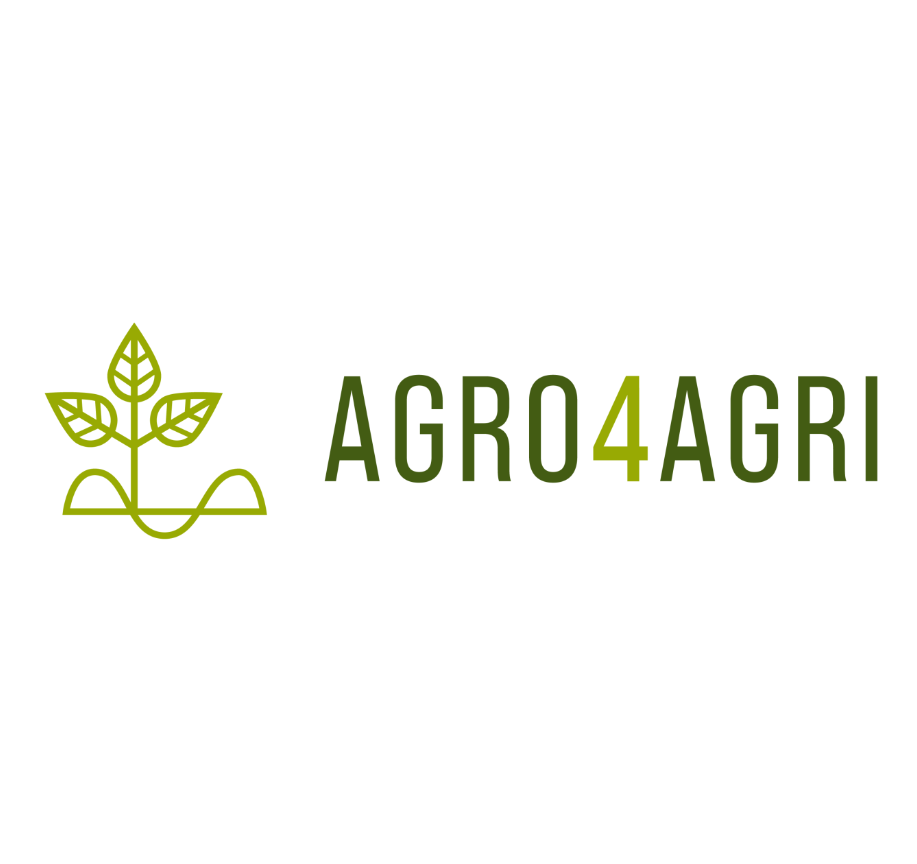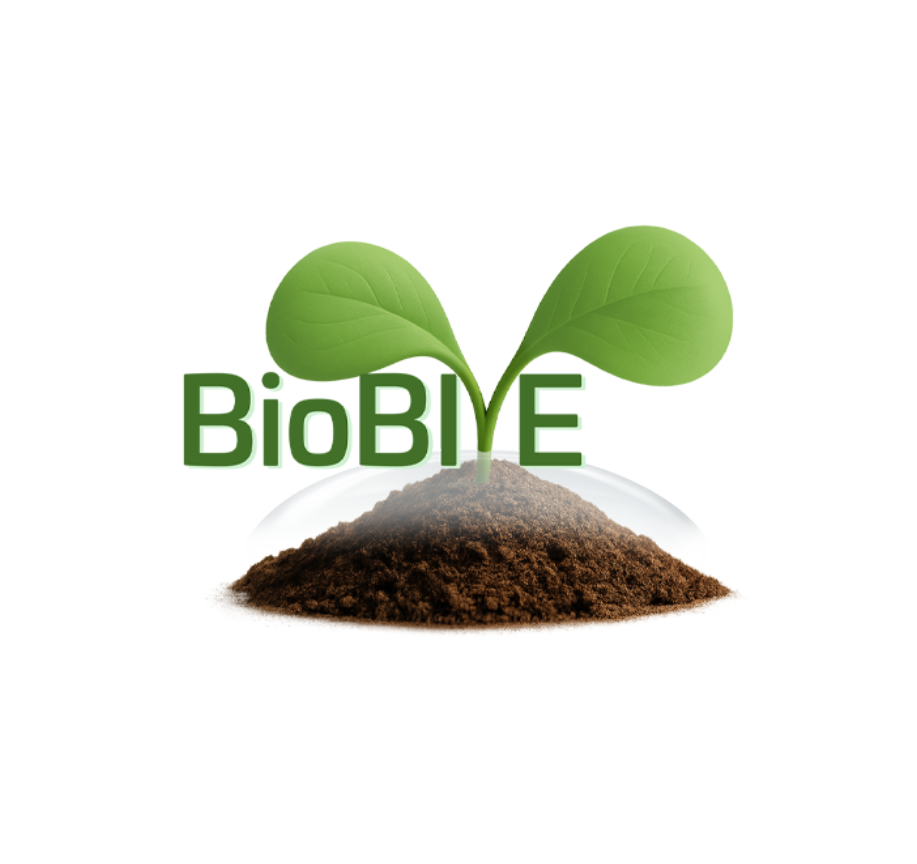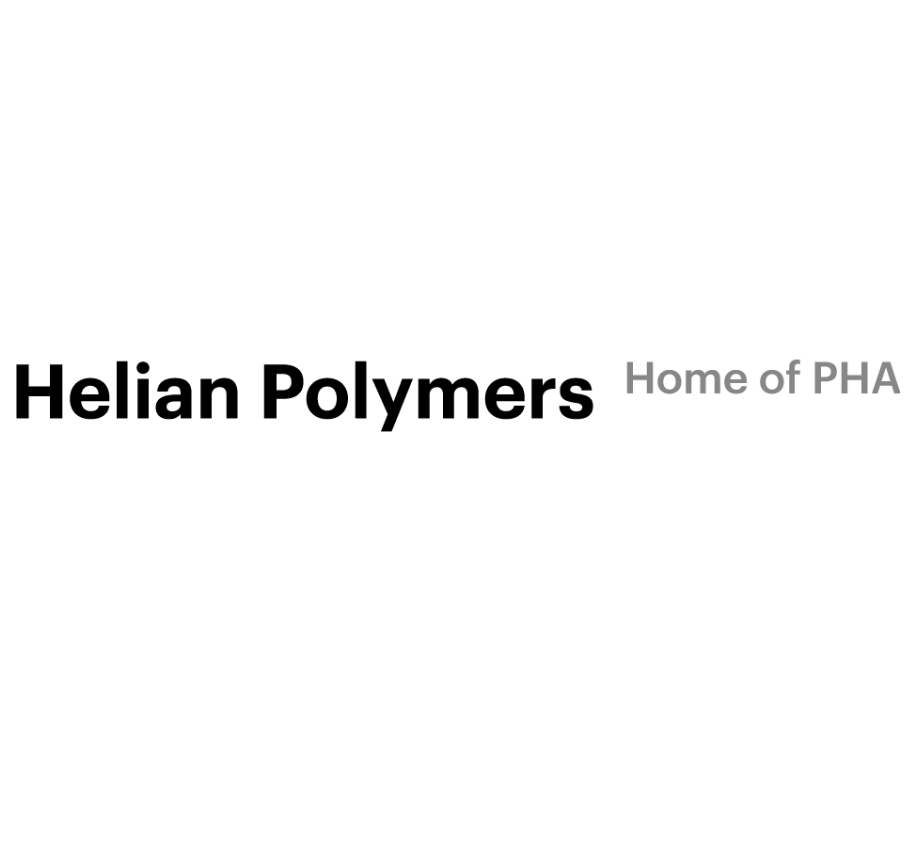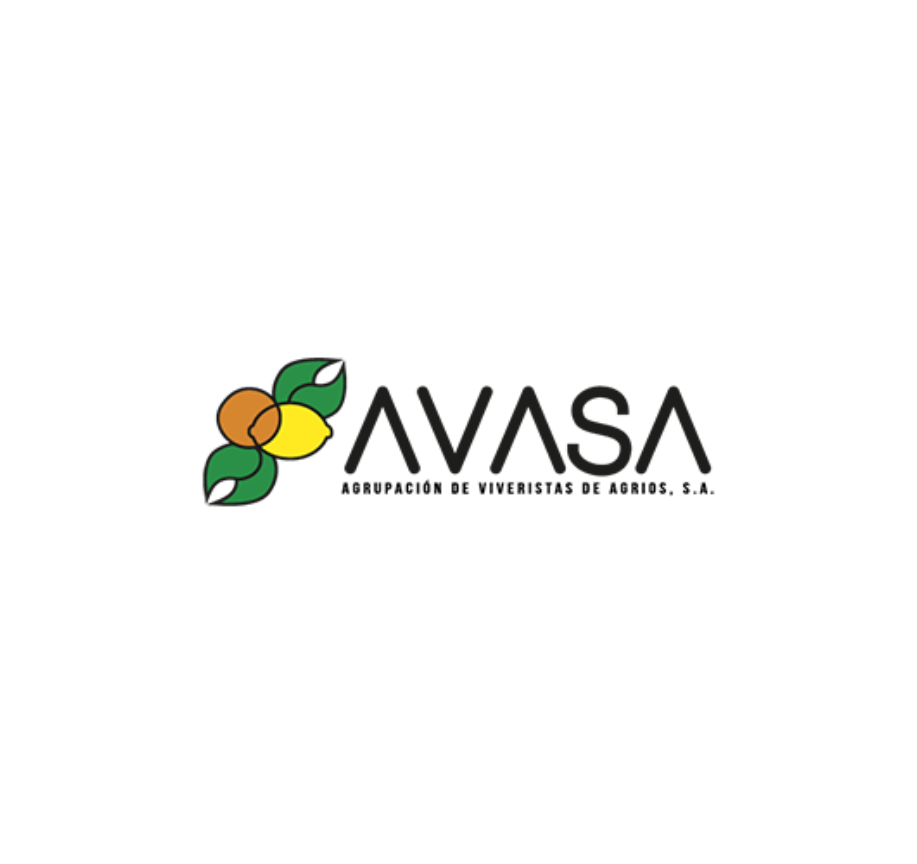FAQ
What are agrochemicals?
Agrochemicals are chemical products, mainly fertilisers and pesticides, used in agriculture to maintain and increase productivity. However, the excessive use of agrochemicals causes severe impacts, contaminating wildlife, water, food, and endangering human health, from agricultural workers to consumers. As an example, it is estimated that 64% of the total nitrogen applied to agricultural crops is lost to the environment, while 98% of sprayed insecticides and 95% of herbicides reach a destination other than their target species. There is therefore a pressing need to reduce the use and impacts of these inputs to guarantee the sustainability of our food systems while supporting human health.
What’s the problem with synthetic fertilisers and pesticides?
Synthetic fertilisers and pesticides have played a major role in boosting global food production, but they come at a cost. Their production is energy-intensive, and they are derived from non-renewable resources. When used excessively, they can harm soil health, pollute waterways, contribute to greenhouse gas emissions, and endanger both ecosystems and human health.
What are PHAs and why are they important for agriculture?
PHAs, or polyhydroxyalkanoates, are natural, biobased & biodegradable plastics made by microorganisms from organic waste. They are a promising alternative to fossil-based plastics used in farming, which are not completely biodegradable. Unlike traditional plastics, PHAs completely break down in soil and water without harming the environment.
What challenges do PHAs face today?
PHA biopolymers are not currently price competitive with other bioplastics in the market, they are thermal sensitive and difficult to process the raw materials into different plastic technologies.
However, the PHAntastic project is developing new PHBV based blends that will allow to overcome these challenges, by valorising organic waste as a feedstock for production of PHA, as well as broadening the processing window and improving transformation of the polymer into delivery systems (growth foams and mulch films).
What are PHAntastic delivery systems and why are they important?
PHAntastic is developing advanced delivery systems made from polyhydroxyalkanoates (PHAs)- a type of biodegradable bioplastic—to gradually release bio-based fertilisers and pesticides. This approach helps reduce the quantity of chemicals needed while enhancing their effectiveness, benefiting both farmers and the environment.
What are the benefits of using controlled-release delivery systems in agriculture?
Controlled-release systems improve nutrient efficiency and reduce the frequency of pesticide applications. They help synchronise nutrient availability with plant needs, minimising runoff and leaching into the environment. This means better crop yields with fewer environmental trade-offs.
What are mulch films, and why do they matter?
Mulch films are thin plastic layers placed on top of soil to suppress weeds, reduce water use, and boost crop growth. Unfortunately, most of these films are made from oil-based plastics or do not degrade completely into the soil, creating long-term plastic pollution. PHAntastic is creating mulch films that are fully biodegradable and bio-based, eliminating the need for removal after harvest.
What are growth foams, and how are they used?
Growth foams are used in nurseries and hydroponic farming to support young plants. They help with germination and nutrient delivery. There are some attempts at growth foams made from biobased materials, but they take a long time to biodegrade, and generally, they are blended with fossil-based plastics to achieve the required properties. PHAntastic aims to replace these with compostable, PHA-based alternatives that deliver nutrients and biodegrade naturally.
Will these new PHA-based products be affordable for farmers?
One goal of PHAntastic is to make these solutions cost-competitive. By using cheap, renewable feedstocks (like food waste) and improving manufacturing methods, the project will help reduce prices over time. Demonstration trials across Europe will also show that these products are effective and economically viable.
By reducing the need for synthetic inputs and cutting application frequency, PHAntastic systems could save up to €1,260 per hectare when using mulch films and €0.15 per seedling with growth foams. These systems also aim to improve soil health and long-term productivity.
Why is the European Fertilising Products Regulation (FPR) important?
The new FPR, in effect from 2026, bans non-biodegradable polymers in fertilising products. This is to combat pollution from microplastics, which often originate from coated agrochemicals. PHAntastic’s solutions are designed to meet and exceed these new legal requirements by using fully biodegradable materials.
Why is microplastic pollution a concern in agriculture?
Microplastic pollution in soil is caused by several sources, including agricultural practices like plastic mulching (not degradable), the use of sewage sludge as fertiliser, and atmospheric deposition. Additionally, the degradation of larger plastic items, and the use of plastic-coated fertilisers contribute to the issue. These particles can persist for decades and may carry other pollutants, potentially harming plants, animals, and even entering the food chain. PHAntastic addresses this by using PHAs, which naturally degrade in soil and water.
What kind of bioactive products are being used in the PHAntastic project?
PHAntastic is testing a range of active bioproducts from four families:
– Plant-based amino acids and hydrolysed proteins
– Microelements from algae extracts
– Peptide- and oligosaccharide-based elicitors
– Plant Growth-Promoting Rhizobacteria (PGPR)
These help nourish plants, stimulate growth, and protect against pests and disease, while also supporting biodegradable polymer formulations.
You still have some questions?







